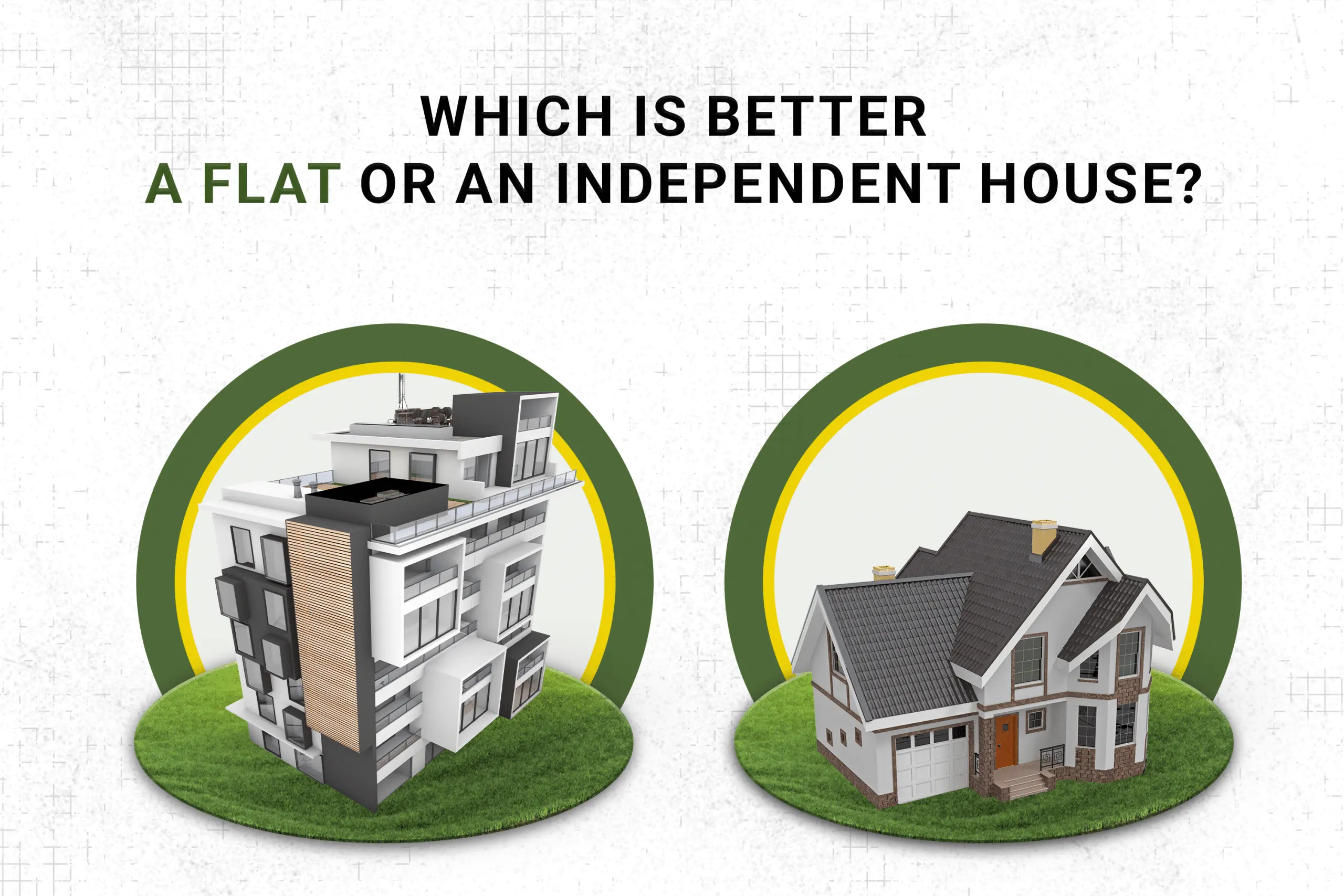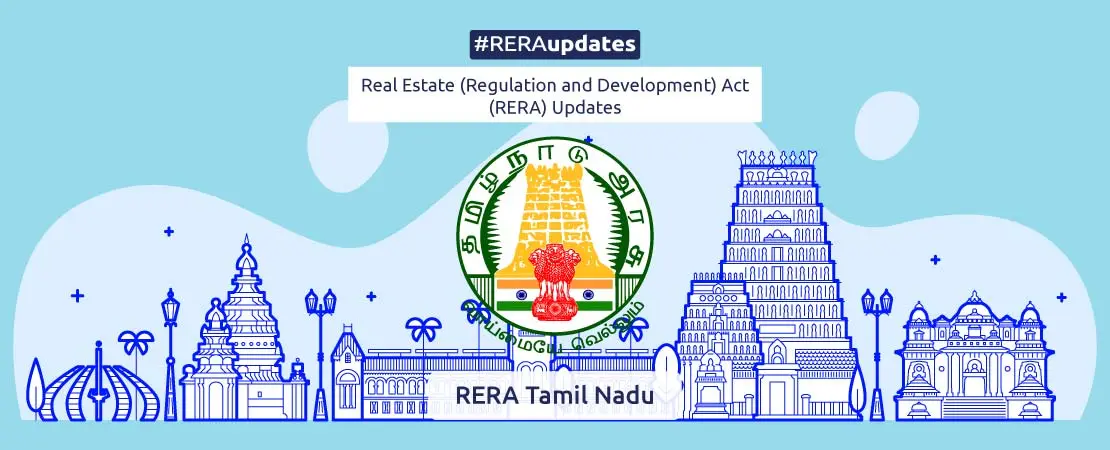The Right to Fair Compensation and Transparency in Land Acquisition, Rehabilitation and Resettlement Act, 2013 (RFCTLARR Act) came into force to replace the old Land Acquisition Act of 1894. Its main aim is to ensure fair compensation, transparency, and proper rehabilitation for people whose land is acquired. For property developers, especially in residential, commercial, and township projects, this law changed the entire land acquisition process.
1. Background – Why Land Acquisition Act 2013 Was Introduced
Earlier, the 1894 Act allowed government to take land quickly but:
- Compensation was very low
- People were forcefully evicted
- No rehabilitation
- No public hearings
- Developers partnered with authorities could indirectly get land cheaply
Because of these issues, many protests happened across India.
The 2013 Act brought fairness and accountability.
2. When the Land Acquisition Act 2013 Applies
The Act applies when government acquires land for:
- Public infrastructure (roads, bridges, ports)
- Government housing projects
- Industrial corridors
- Special economic zones
- Private companies (through government)
- PPP projects (Public-Private Partnership)
Important:
Private builders cannot directly use this Act to acquire land.
But if land is acquired through the government for their project, this Act applies.
Also Read: Tamil Nadu Real Estate (Regulation and Development) Rules 2017 – A Complete Guide
3. Major Features of the 2013 Act Affecting Developers
(A) Higher Compensation Cost
The biggest impact is cost of land acquisition.
Compensation is calculated as:
Urban Areas
- 2× market value
Rural Areas
- 2× to 4× market value (depending on distance from urban area)
Plus additional amounts:
- 100% solatium (extra money for compulsory acquisition)
- 12% interest per year from date of notification
- Rehabilitation & resettlement (R&R) benefits
Effect on developers:
- Land cost becomes 3–4 times higher
- Project cost increases
- Selling price of flats increases
(B) Social Impact Assessment (SIA)
For most acquisitions, government must conduct a Social Impact Assessment (SIA):
- Study how many families affected
- Impact on livelihood, environment, houses
- Public hearing with gram sabha
- Objections from people must be recorded
- SIA report must be published publicly
Effect on developers:
- SIA takes 6–12 months → long acquisition timeline
- Public participation can delay or block projects
- Higher risk of project cancellation
(C) Consent Requirement (Very Important)
For private projects and PPP projects, land cannot be acquired without consent.
Private Company Projects
- 80% consent of affected families needed
PPP Projects
- 70% consent
Effect on developers:
- More negotiation needed
- Difficult to get 70–80% people to agree
- Delays if some landowners hold out for higher prices
- High risk of project stalling
(D) Rehabilitation & Resettlement (R&R)
R&R includes:
- Alternative house or money
- One-time payment for displacement
- Subsistence allowance for 1 year
- Job for one person per affected family OR skill training
- Transport allowance
- Resettlement site development
Effect on developers:
- Additional cost burden
- More complicated planning required
- R&R package must be budgeted early
(E) Strict Timelines & Transparency Measures
The Act includes:
- Detailed public notices
- Land records transparency
- Consulting gram sabha
- Holding mandatory public hearings
Effect on developers:
- Every step becomes documentation-heavy
- Slow project approvals
- Cannot start construction until land is fully acquired
- More compliance requirements
(F) Return of Unused Land
If acquired land is not used within 5 years, it must be returned to original owners or put in a land bank.
Effect on developers:
- Developers cannot hold land for long periods
- Must complete project within 5 years
- Faster execution required or risk losing land
(G) No Urgency Clause for Private Projects
Government cannot use urgency clause (quick possession) for private projects unless for defense or national security.
Effect:
- Faster land possession is not possible
- Delays before construction begins
Also Read: Tamil Nadu Apartment Ownership Act, 1994
4. How Developers Usually Adjust to the 2013 Act
To avoid delays and cost escalation, developers now:
(1) Prefer Private Negotiated Land Purchase
Instead of going through government acquisition.
(2) Land Aggregators
They hire aggregators who combine small parcels into one developable land.
(3) Enter Joint Development Agreements (JDA)
Landowner gives land and receives:
- Flats
- Revenue share
- Profit share
(4) Project Partnerships
Developers partner with:
- Housing board
- SIDCO
- CMDA
- TNHB
These partnerships help bypass long acquisition procedures.
(5) Long-term Land Banking
Buy land early before government announces zoning changes or infrastructure projects.
5. Advantages of the Act (For Society & Developers)
For Society
- Fair compensation
- Protection from illegal eviction
- People involved in decisions
- Rehabilitation packages improve livelihood
For Developers
- Reduces protest risks
- Land disputes reduce
- Clear documentation
- Safe and transparent acquisition process
6. Challenges Faced by Developers Under This Act
- Higher land cost → expensive projects
- Very long acquisition period (often 2–3 years)
- Consent clause makes large projects difficult
- R&R cost burdens
- Unused land return clause restricts planning
- Social Impact Assessment delays
Many large private township projects slowed down after 2013 because of these restrictions.
7. Real-Life Example (Simplified)
Suppose a builder wants to develop a 200-acre township in a semi-rural area near Chennai.
Under the 2013 Act:
- Market value is Rs 30 lakhs per acre
- Compensation in rural area = 3× = Rs 90 lakhs per acre
- Solatium = Rs 90 lakhs
- Total = Rs 1.8 crore per acre
- For 200 acres → Rs 360 crore just for land
- Plus R&R cost → approx. another Rs 50 crore
- SIA + approvals → takes 1–2 years
Thus, project becomes extremely costly and slow.
This is why many developers now avoid relying on land acquisition through government.
8. How It Affects Property Development
| Impact Area | Effect on Developers |
| Compensation | Very High land cost |
| Time | Acquisition become slow |
| Consent | Hard to secure 70 - 80% approval |
| R&R | Additional expenses |
| Risk | Possible project cancellation due to public objections |
| Execution | Must complete within 5 years |
| Process | Heavy dicumentation and complete |
https://www.livehomes.in/blogs













